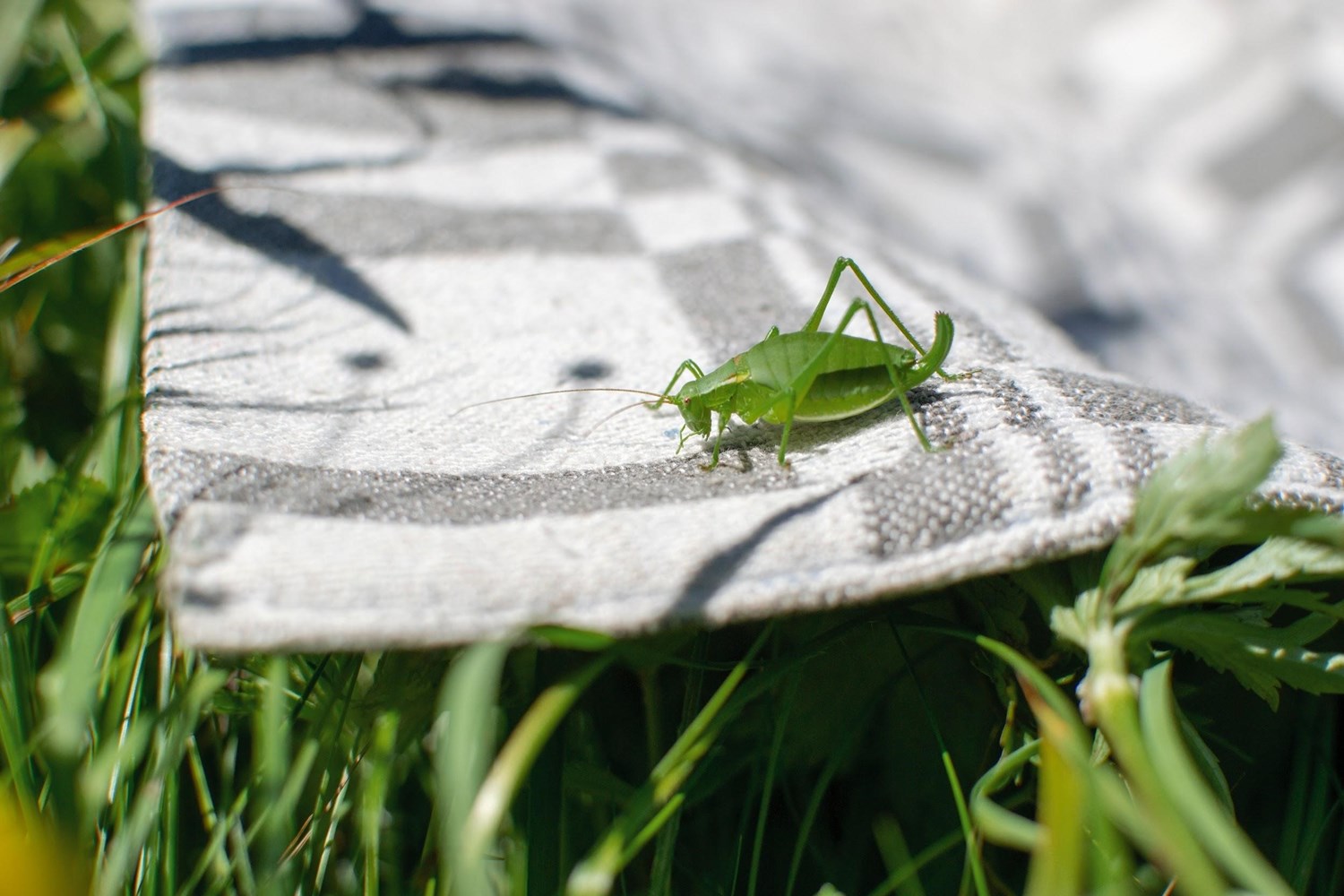Sep 29, 2015

Crickets can be a big nuisance if they spend time around your home. They’re loud enough to keep you up at night and always seem to hang out by your bedroom window. When cold weather is just around the corner, crickets seek warmer, sheltered places. And if they get inside your home, the nuisance can get even bigger.
Here’s how to keep crickets away before they get out of hand.
How to Get Rid of Crickets in Your House
Whether for cricket prevention or cricket removal, here are a few things you can do right now to make your home unwelcome for crickets.
-
Make Yard Improvements: Crickets like to build their nests in yard vegetation. Eliminate or relocate tall, grass-like plants close to your house, regularly move your lawn, and trim back shrubs and trees. It’s also important to store firewood at a safe distance from your home, as crickets and other destructive pests like termites can use the wood for shelter and then make their way into your home.
-
Remove Bright Lighting: Crickets are attracted to bright lights. Lower your exterior bulb wattage, turn off house lights when not in use, and close your blinds at night to discourage crickets from entering your home.
-
Disrupt Nesting Areas: The easiest way to avoid crickets in your house is to prevent them from finding entry points in the first place. Be sure to seal crevices around windows and doors as well as cracks in exterior walls, especially if they’re low to the ground.
-
Encourage Natural Predators: Allow natural predators to take care of your cricket problem. Cats, birds, lizards, and spiders are just a few predators that can help keep crickets out of your yard and away from your home.
-
Call Pest Control Professionals: Commercial traps and bug sprays may successfully eliminate crickets. However, most pest removal is best left to a professional.
House Crickets 101
Here’s how to identify crickets that may be in or around your home, as well as the kind of damage they can cause.
What are House Crickets?
House crickets are relatively common in Northern Virginia; if you’ve seen one, you know they are tough to forget. Adult house crickets are about 3/4 of an inch to an inch long, light yellowish, and can be identified by three dark brown bands across their heads.
Crickets typically live outside — they don’t breed or nest well indoors. However, these occasional invaders will storm nearby homes in large numbers to survive rough winter weather. Since crickets are nocturnal, you likely won’t see them during the day — but they’ll make their presence known as the sun sets with their distinctive chirping sound.
What Kind of Damage Can House Crickets Cause?
You’ll most likely find crickets nesting near food sources (kitchen) or near heat sources (furnace, water heater, etc.) Once inside your home, crickets can burrow into cracks in walls and behind baseboards, making them difficult to eliminate once an invasion begins.
Crickets aren’t dangerous, but they can be destructive. They love to feed off cloth, fabric, and houseplants, which means your clothing, furniture, and philodendrons are at risk of becoming a cricket meal.
Call CroppMetcalfe for Cricket Removal Services
Crickets make their indoor homes in hidden or inaccessible places, including wall cavities. Since they are hard to find, DIY cricket remedies don’t always eliminate the problem completely. Proper cricket removal requires a two-pronged approach — taking care of the crickets inside the property and inspecting for and removing cricket harborage around the home.
The pest control professionals at CroppMetcalfe offer a free estimate and diagnosis of pest problems. After that, we develop a plan for the best course of action to take at your home or business. Our certified pest control professionals have an average of 15 years of experience in the field. We use the industry’s safest materials to eliminate your pest problems and keep them from returning.
Call CroppMetcalfe’s pest control experts at 703-493-1960 or schedule service online today.